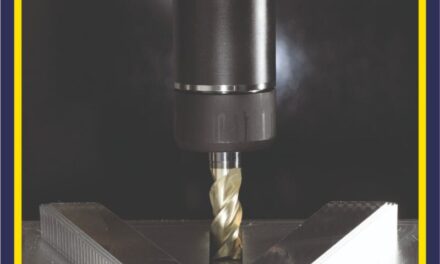The presence of silicone is starting to be extremely recurrent in the manufacturing processes of the Food and Beverage industry. This is mainly due to its chemical and mechanical properties especially in those flexible shape hoses, intended for product transference. The silicone progress goes hand in hand with a huge effort to adapt to the needs of food and beverage production, which are exponentially becoming more demanding in terms of security, control and traceability.
Silicone hoses are a logic option for food and beverage companies, basically because they offer a global compromise. They feature the flexibility of the rubber ones, cheaper but with limited durability whilst the resistance of the teflon hoses, expensive and often too rigid. They assure an optimal performance in the production process, they have a decent price, an excellent resistance to temperature and don’t contaminate the food and drinks like the dimethyl phthalates contained in PVC.
The demand of silicone hoses by the producers of food and beverages have been generating growth of two digits annually, however this important progression isn’t only explained in numerical terms: in parallel to that, the demands regarding performance, quality and security have also grown. The advances in the silicone industry have gone hand in hand with the evolution of the food and beverage standards, being more demanding in areas such as traceability and control of the products reaching the consumers’ table.
Most of the current efforts in R+D departments are focused on the production of ultra-pure silicone hoses destined to minimize the risk of bacteriological contamination. Moreover, the hoses being manufactured in a clean room under environmentally controlled conditions, one of the latest advances in this field is a system of fittings developed in order to prevent retention of the product or bacteria inside the hoses.
The reality is that the food and beverage sector is demanding the perfect and universal product: a silicone hose that can be used for all applications, with perfect chemical resistance to all the products, able to be sterilized with steam without limitations, durable, flexible in order to optimise the machine use… a project that is not a dream anymore but a challenge and a reality.
Modifying the technical limitations of the silicone demands a huge R+D task, however, in exchange, we can obtain formulations in order to improve hydrophobia with specific food products, high temperature resistance, resistance to abrasion…
The formulation of new silicones is already allowing to offer to the market hoses that are able to maintain flexibility after being subjected to temperatures up to 300?C or silicones with a better chemical compatibility with oils.
Nevertheless, the final goal of all this process is not only to manufacture highly engineered silicones, but to be able to offer products completely adapted to the needs of each specific client. For this reason, the future belongs to these new types of high added value silicones, with an own formula and able to adapt to the most demanding requirements of the sector.
By Olivier Dusfour, director of the Food & Pharm division at Venair



